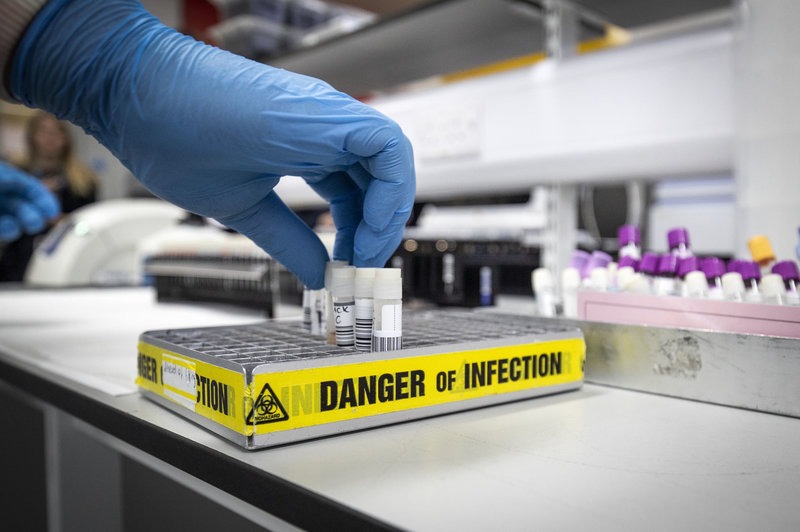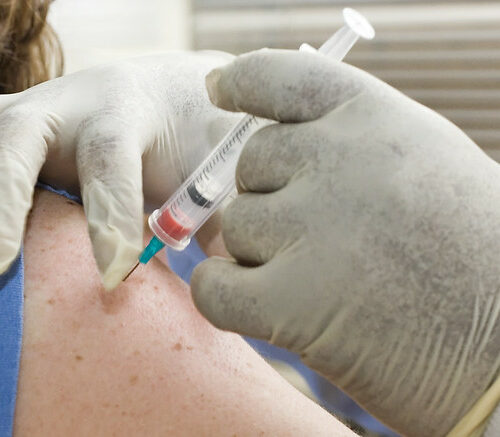
How A Coronavirus Blood Test Could Solve Some Medical Mysteries
Listen
BY RICHARD HARRIS
As the coronavirus spreads more widely around the globe, scientists are starting to use a powerful new tool: a blood test that identifies people who have previously been exposed to the virus. This kind of test is still under development in the United States, but it has been rolled out for use in Singapore and China.
The current lab test used in the United States identifies people who are currently spreading the virus that causes COVID-19. That’s crucial information, but that test doesn’t reveal who had previously been infected. That’s important too for understanding the unfolding epidemic.
The other test, used widely in science and medicine, detects antibodies that people produce after they’ve become infected with a bacterium or virus. Those antibodies can appear in the blood one to three weeks after infection, and they’re part of the immune system’s response to infection.
The antibody-based tests can identify people who were not known to be infected “either because they never developed symptoms, or they had symptoms that were never correctly diagnosed,” says Lauren Ancel Meyers, a biology professor at the University of Texas at Austin.
Related Stories:

Whitman County reports first flu-related death of the season
Hospitalman Yenifer Gutierrez, left, and Hospitalman Brashea Ojeda treat COVID patients in the ICU Aboard USNS Comfort in April of 2020. Influenza deaths surpassed COVID-19 deaths for this first time

Washington state reports 7-year peak in influenza-related deaths
The Washington state Department of Health reported on March 20th that influenza activity reached its highest levels in seven years, with the most flu-related deaths since the 2017-2018 flu season.

COVID-19, 5 years later: Reflections on the scars we carry, and resilience in unprecedented times
NWPB caught up with local residents and doctors to talk about how they’ve moved forward following the COVID-19 pandemic. They spoke about how the experience changed them and wisdom they’ve gleaned along the way. These are their reflections.














